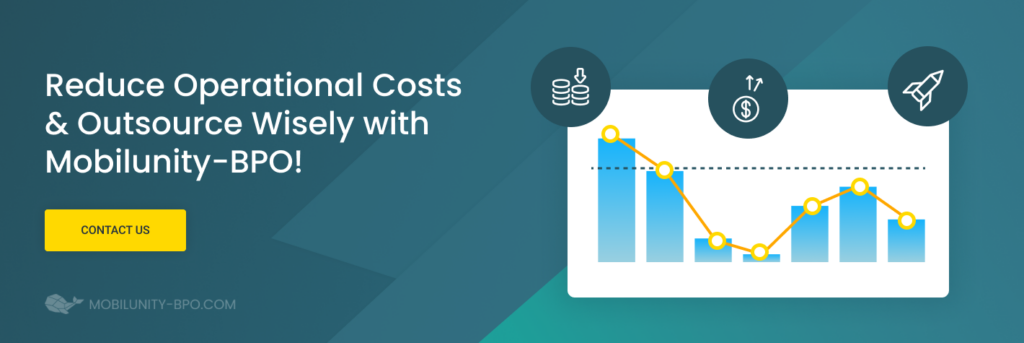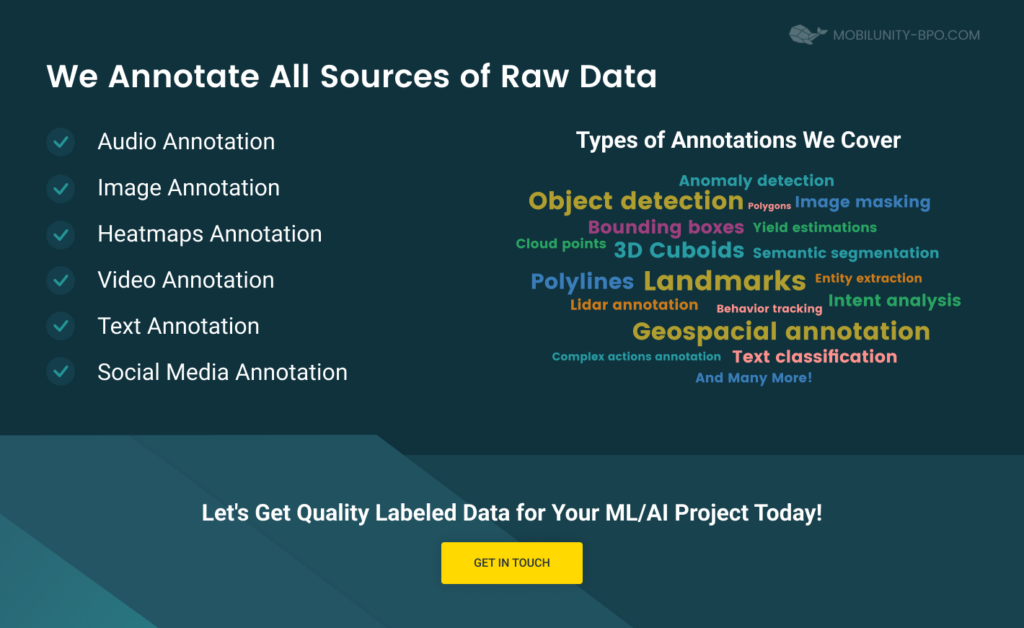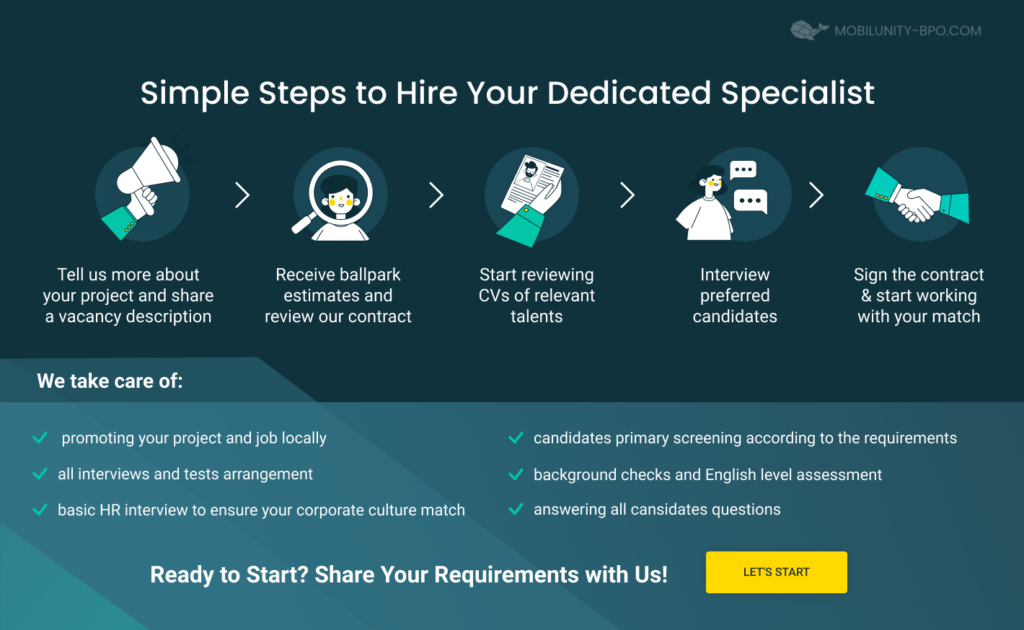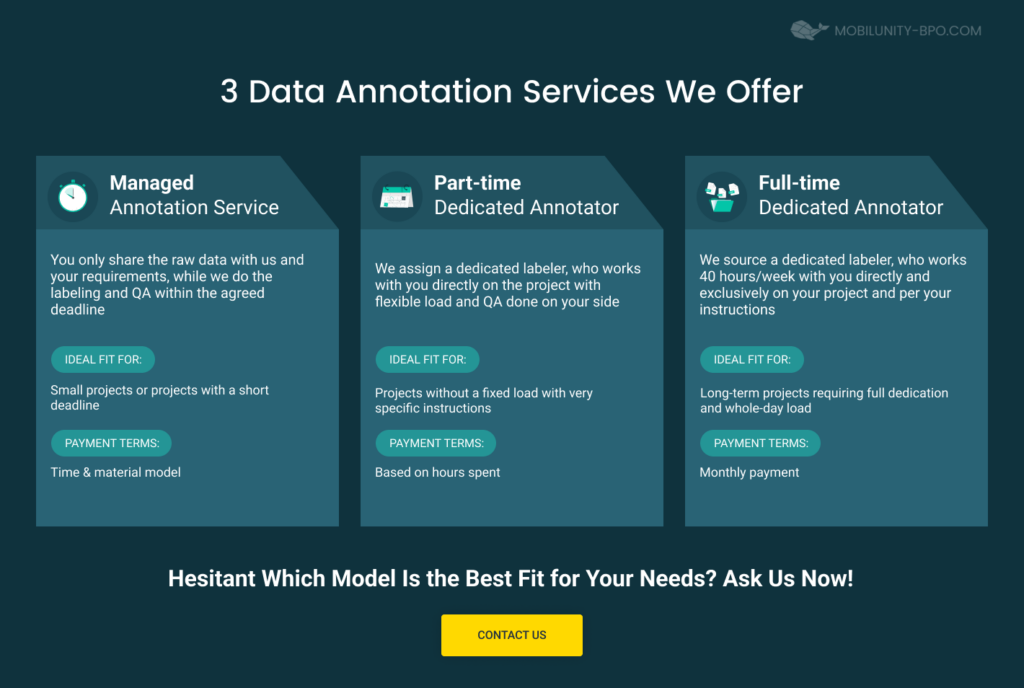NLP Text Classification for Machine Learning
Text classification is a technique of assigning a set of defined categories to an open-ended text. It is widely used in machine learning to analyze, organize, and structure all types of texts. Text is a valuable source of data but to access that data one needs to extract it most effectively. This is where the text classification machine learning technique comes into place.
How does it work? Text annotation NLP (Natural Language Processing) allows the automatic analyzing and structuring of any text according to specific categories. This ensures quick and productive insights into data.
Importance of Text Classification
This process is also called text categorization. The main goal is to quickly process any piece of text to get specific information. It offers such opportunities as:
- Sentiment analysis;
- Topic labeling;
- Spam detection;
- Creating datasets for NLP apps;
- Intent detection, etc.
In machine learning, all types of AI applications need to create understandable human communication patterns and words. So, it is crucial for advanced virtual assistants, chatbots, spam detection systems, or sentiment analysis algorithms.
The main benefit of text classification is that it gives a business a way to process, analyze, and use huge piles of unstructured data. This might include such tasks as organizing emails, databases, documents, legal papers, etc. It is a basis for making informed and fact-based decisions of all sorts from better customer experience to new market opportunities.
For instance, a company might use it to analyze the error reports from an application to figure out the most common mistakes and promptly solve them.
Overall, machine learning text classification can help a business with:
- Finding any issues with their products based on requests, comments, or error reports. A structured approach gives a better understanding of problems without taking human resources;
- Improving targeting by segmenting your audience into different groups based on the language they use. It is incredibly useful for more precise campaigns and better user experience;
- Developing new features/products by analyzing customer suggestions and feedback;
- Analyzing all types of text-derived information in real-time from social media mentions to news publications.
Another major advantage of NLP classification is that it eliminates any possibility of human error. And it allows a company to process more information in less time without spending internal resources on it. The only alternative is manual categorization done by humans, which is time-consuming, tedious, and error-prone.
The Process of Text Classification NLP
As mentioned above, it can be done either manually or automatically. The manual method includes a human who does the content classification based on their judgment. It can be extremely useful but it takes a tremendous amount of time and costs much more.
Automatic NLP document classification works based on machine learning, natural language processing, and artificial intelligence technologies combined. Overall, content tagging machine learning as well as image tagging deep learning categorization can happen in several ways, namely:
- Rule-based classification. The foundation is built on common language principles and rules. The system identifies relevant categories according to them. There are rules for patterns and projected categories. For instance, if you want to classify news into “Tourism” and “Technology” you set the list of words for each category. Based on what words from the lists prevail, the system will define the text into one of the categories.
- Machine Learning systems make classifications based on observations instead of defined rules. Such algorithms can understand text correlations, contexts, and outputs. Document classification machine learning systems need to be trained to work properly. For this training, any piece of text is converted into a mathematical structure. It is done to evaluate the word frequency, for example. Such systems are more precise and advanced than rule-based ones.
- Combination systems refer to a hybrid solution that has features of both previously described methods. They use both human rules and machine learning for even more precise NLP text classification.
Examples of NLP Text Classification
So how such systems and text classification datasets can be used in NLP? There is a wide array of opportunities from short texts to larger pieces. Here are the most common types of NLP document classification:
- Sentiment analysis – reading and understanding a piece according to opinion (positive, negative, or neutral). It can be used for customer support, workforce analytics, market research, etc.
- Topic labeling – understanding what the text is about. This is helpful for data structuring and organizing.
- Language detection uses an NLP classifier to understand what language is used. For example, if you have customer support teams in different countries, this ensures easy delegation of feedback or requests to a specific team based on the language.
- Intent detection is used to categorize text according to the intent behind it (complaint, autoresponse, purchase, or praise).
A specific text classification dataset can solve a lot of business problems, from responding to emails to enhancing user experience.
Text Classification Business Cases
There are plenty of cases when a company might need machine learning text classification solutions. Let’s define the most common ones.
Email Campaigns
An average employee deals with a decent amount of emails per day. If you run a marketing campaign, the number gets significantly higher. A relevant document classification dataset with a proper algorithm can automate email categorization and save a lot of time.
For example, a system can tag emails based on priorities, content, responding team, or audience segment. This ensures fast response to the most essential inquiries and frees a lot of employee resources.
Advertising analysis
A well-designed text classification system allows for analyzing advertising in terms of reach, performance, and effectiveness. This gives a business valuable insight into how to design the next advertising to be successful based on factual data. It improves the campaign’s performance and saves a lot of money that would otherwise be spent on guessing.
Product categorization
A company can use a specific text classifier to automatically categorize products, for instance, according to HS codes. It is fast, accurate, and easy.
Document analysis
Document categorization is another common practice for businesses from various industries. Algorithms can define the intent or topic of documents. They can organize them accordingly or even signify whether the form is filled or not.
Service requests
A company can benefit from a system that automatically classifies all incoming requests into preset categories. This can be done according to a multitude of factors such as location, job, expertise, intent, responding team, etc.
Review analysis
Customer feedback can give incredible insights but with a lot of reviews, it is hard to process manually. An ML system solves this problem as well. It can evaluate testimonials, social media posts, and requests. A business gets information about complaints, responses, customer behavior, topics, etc.
Surveys and polls
If you are running wide surveys, an automatic response analysis is quite useful. It saves you a huge amount of time. The system can define the positive, negative, or neutral responses. It can set priorities for the most urgent responses and understand the topic of a text.
Automatic customer support
This means automatically defining the ticket route and assigning it. Also, it defines the urgency of a ticket or finds the negative sentiments. All of that contributes to faster and better customer support.
Voice of Customer
Advanced systems work not only with texts but also recordings. Voice annotation allows for analyzing open-ended responses and getting even more valuable data. Voice-aimed systems can figure out what a person is talking about, what they are happy/unhappy about, and what can be improved or changed.
Benefits of Outsourcing Text Classification and Content Moderation
Content moderation concerns working with user-generated content. This might be a social media post, testimonial, review, comment, etc. Moderation allows for managing the content so it is safe and relevant as well as finding valuable data for particular business goals.
Outsourcing is a pretty common practice when it comes to text classification and content moderation because it offers major benefits. Our data annotation and ML model validation services share the following benefits:
- Cost-effectiveness. Outsourcing is significantly cheaper than hiring an in-house team because of lower rates in other countries and project-based collaboration. For example, if you do not have the workload to hire an in-house team, it is more sufficient to find a part-time outsourcing agent. Also, you can save budget on employee-related costs (office space, equipment, and recruiting)
- Higher efficiency. Outsourcing allows working with all user-generated content. This means more information, better customer experience, and streamlined processes;
- Time to focus on the core of the business while these issues are being taken care of by professionals. A company won’t have to take internal resources out of crucial tasks for text classification and content moderation;
- Access to the newest technologies. Professional service providers of outsource data annotation invest in the latest technologies and personnel training. Such opportunities are often unavailable for companies otherwise;
- Collaboration with experts. The outsourcing agencies that have years of experience are more knowledgeable of all intricacies of such processes. So not only can they do everything faster but also better. This eliminates errors and risks.
- No internal bias. Another huge benefit of outsourcing is that you get a more objective perspective from a third party. So there is no internal bias, which is always a plus.
Work with Mobilunity-BPO on NLP Text Classification
Mobilunity-BPO has more than 10 years of experience when it comes to text annotation. We can quickly find and recruit the best text classification professionals for your project. Our team is proficient in providing the best Ukrainian talent to our international partners.
Mobilunity-BPO has completed more than a thousand projects for over 40 businesses worldwide (including such clients as Paidy, Booqable, Network of Arts, and Icuc Social). And we are ready to find suitable experts for your NLP text classification project.
NLP Text Classification Services We Offer
- Managed text classification. You share your requirements and data for the project. We deliver NLP text classification and quality assurance within the set deadline. Ideal for short-term projects or small scopes. Payment is issued based on time and material model
- Part-time text classification experts. We offer you a part-time specialist to work directly with you on the project scope. The workload is flexible and the quality assurance is done on your side. Ideal for bigger projects of projects with unfixed workloads and specific requirements. Payment is based on hours spent on the project.
- Full-time dedicated NLP labeling specialists. We source with a dedicated expert who works only on your project for 40 hours per week. You are in control of the load and all instructions. Ideal for long-term or continuous projects with a big scope of data. Payment is based on the monthly salary.




